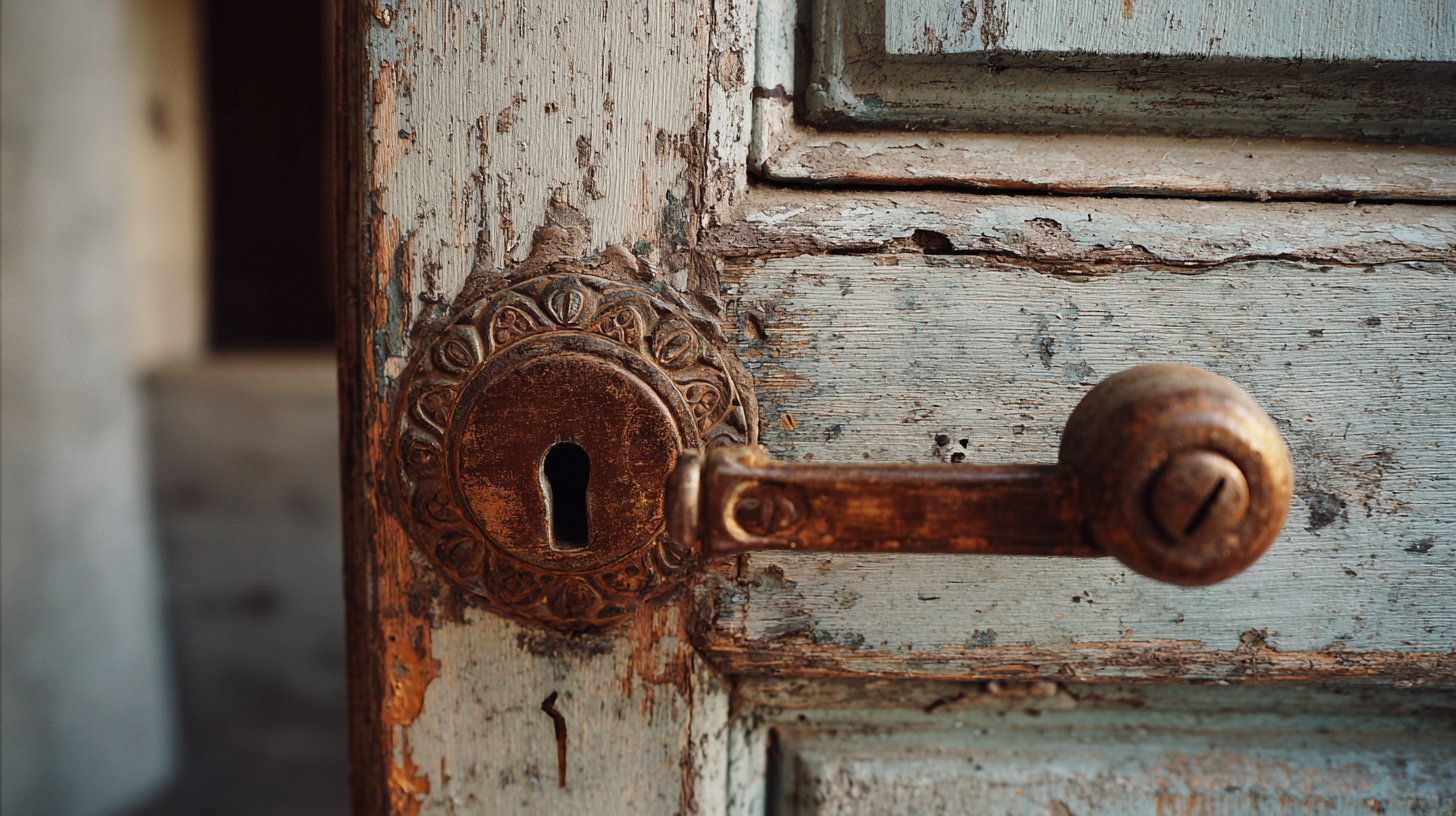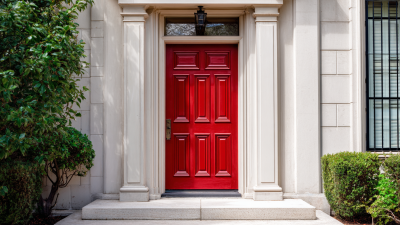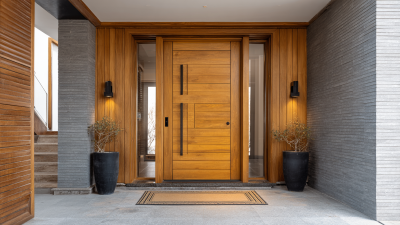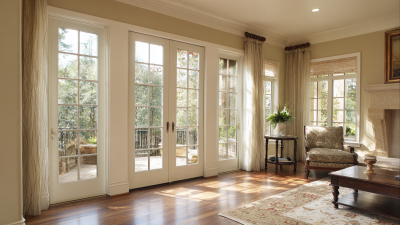When it comes to maintaining the safety and aesthetics of your home, ensuring that your front door is in excellent condition is paramount. Front door repair is not just about fixing minor issues; it's about preserving the integrity and functionality of one of the most vital entry points to your home. Whether you're dealing with a squeaky hinge, a stubborn lock, or unsightly scratches, understanding the secrets of front door repair can empower every homeowner. This guide delves into the best practices, common pitfalls to avoid, and innovative solutions that will help you tackle front door repairs like a pro. Join us as we unlock the knowledge every homeowner should possess to ensure their front door remains welcoming, secure, and stylish for years to come.

Front doors play a crucial role in the security and aesthetic appeal of a home. However, they often face a variety of common issues that can affect their functionality. One prevalent problem is misalignment, which can occur due to settling foundations or changes in humidity. This misalignment causes doors to stick or not latch properly, making it essential for homeowners to periodically check the fit of their doors and adjust hinges or latches accordingly.
Another frequent issue is weather stripping wear and tear. Over time, the seals that protect against drafts can degrade, leading to increased energy costs and discomfort inside the home. Regular inspection and replacement of weather stripping can help maintain energy efficiency. Additionally, locks and hardware may become loose or corroded, requiring regular maintenance to ensure security. By addressing these common front door issues promptly, homeowners can keep their doors functioning smoothly and maintain the safety and comfort of their homes.
Understanding the common issues homeowners face with front doors is crucial for effective maintenance and repair. The chart below presents the top 7 issues and their frequency based on homeowner surveys.
When it comes to front door repair, having the right tools can make all the difference. A recent report by the Home Improvement Research Institute indicates that approximately 70% of homeowners tackle minor repairs themselves, but only 30% utilize the right equipment. Ensuring you have the essential tools on hand can save time and enhance the effectiveness of your repairs.
One of the must-have tools is a screwdriver set. A versatile set can handle various screws on your door, whether you need to replace hinges or tighten handles. Another critical tool is a power drill. According to a survey by HomeAdvisor, 65% of DIYers find that a power drill significantly reduces their repair time. Using a reliable drill can make installations and reinforcements efficient and straightforward.
Tips: Always keep a level handy when working on a door frame to ensure proper alignment, which prevents future issues. Also, consider investing in a door latch alignment tool to help you adjust the latch and deadbolt of your door, ensuring that it opens and closes smoothly. By equipping yourself with these tools and a bit of knowledge, you'll be well on your way to maintaining a secure and functional front door.
Adjusting the hinges on your front door is a crucial step in ensuring smooth operation, and it's a task that every homeowner should master. According to industry experts, improperly aligned hinges can lead to excessive wear on the door frame and components, potentially causing costly repairs. In fact, research shows that nearly 30% of doors require some form of adjustment after installation. By taking the time to adjust the hinges properly, homeowners can enhance both the functionality and longevity of their entryways.
To start, ensure you have the right tools on hand: a screwdriver and possibly a level. Check for alignment issues by opening and closing the door to identify any sticking points or difficulty in motion. Loosening the screws slightly allows for minor adjustments—raising or lowering the door can often resolve alignment concerns. Remember, it's essential to make small adjustments and test the door repeatedly to achieve that perfect swing without slamming. Proper hinge adjustments not only improve the aesthetic appeal of your home but also play an integral role in energy efficiency, minimizing drafts and enhancing the seal against the elements.
When selecting the right weatherstripping for your front door, it's crucial to consider both energy efficiency and comfort. A well-installed weatherstrip can significantly reduce drafts, thereby improving your home’s energy efficiency. In fact, according to recent studies, proper sealing of entry doors can result in energy savings of up to 20% on heating and cooling costs. This not only lowers your utility bills but also reduces your environmental footprint, making it a win-win for you and the planet.

Here are a few tips for selecting the best weatherstripping: first, determine the gap size around your door; this will inform the style of weatherstripping you'll need. For narrower gaps, adhesive-backed foam or V-strip might work best, while larger gaps may require more robust options like door sweeps or tubular rubber. Additionally, consider the material durability; high-quality materials will withstand harsh weather conditions and long-term use without losing effectiveness. Keep in mind that replacing old or worn weatherstripping can also prevent excessive moisture infiltration, which can lead to costly repairs down the line.
When it comes to home security, the front door is your first line of defense. According to a 2022 report by the Bureau of Justice Statistics, 34% of burglars enter through the front door. Thankfully, enhancing your front door’s security doesn’t have to cost a fortune. Here are six budget-friendly tips to bolster your home’s defense.
**Tip 1: Install a Deadbolt Lock**
One of the simplest ways to enhance front door security is by installing a deadbolt lock. A deadbolt is significantly more secure than a standard doorknob lock and can deter intruders effectively. Research from the Home Safety Council suggests that homes with deadbolt locks are 15 times less likely to be broken into than those without.
**Tip 2: Use Reinforcement Hardware**
Adding security plates and door jammers can strengthen your door against forced entry. Studies show that 70% of break-ins involve kicking in the door, but reinforcing the door frame and hinges can minimize this risk. Just a small investment in these materials can make a substantial difference in overall security.
By implementing these strategies, homeowners can significantly improve their front door security without incurring high costs. Your front door can become a formidable barrier, keeping your home and loved ones safe.






